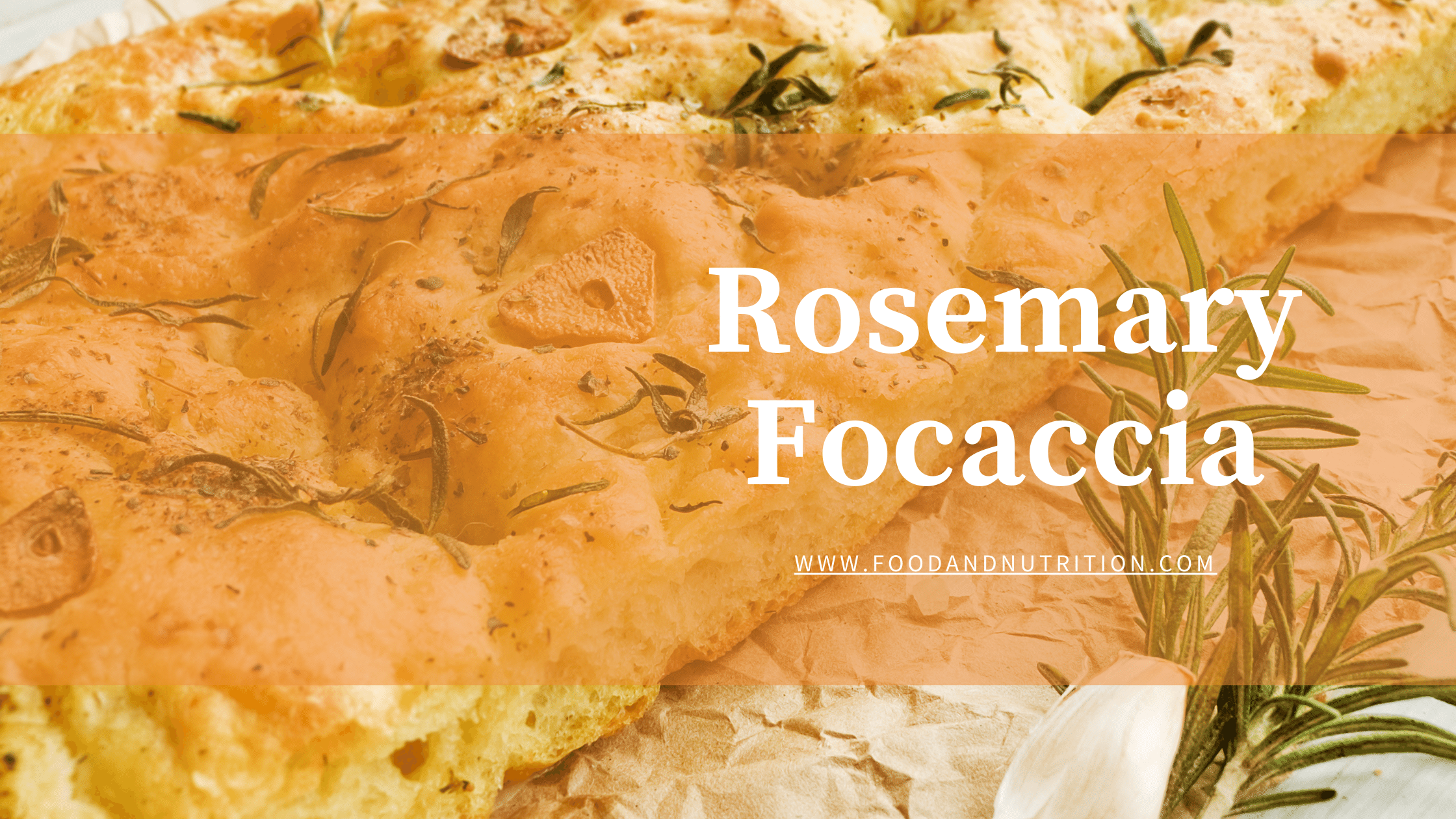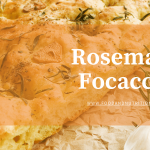Rosemary Focaccia: The Art of Breadmaking Perfected

In the realm of bread, few creations are as beloved and versatile as rosemary focaccia. This Italian flatbread boasts a rich history, a tantalizing aroma, and a mouthwatering taste that has captivated food enthusiasts worldwide. Today, we embark on a culinary journey to explore the origins, popularity, common ingredients, nutritional benefits, and exciting serving ideas that make rosemary focaccia an irresistible addition to any table.
A Taste of History
Dating back to ancient Rome, focaccia has stood the test of time as a cherished bread for people of all classes. Originally a simple unleavened bread, it evolved over centuries into the fluffy and flavorful delight we know today. With the addition of rosemary, an herb with a distinct fragrance and flavor, rosemary focaccia gained its own unique identity and became a staple of Italian cuisine.
The Allure of Rosemary Focaccia
What makes rosemary focaccia so popular? It’s a combination of factors that contribute to its irresistible appeal. Firstly, its versatility is unmatched. Rosemary focaccia can be enjoyed in various ways: as a delectable side dish, a satisfying snack, or a base for mouthwatering sandwiches. The possibilities are endless, limited only by your culinary imagination.
Common Ingredients
The beauty of rosemary focaccia lies in its simplicity. The basic ingredients include flour, water, yeast, and, of course, rosemary. These humble components come together to create a fluffy and flavorful bread that tantalizes the taste buds. For a healthier twist, whole-grain flour can be substituted to increase the fiber content and provide sustained energy.
ROSEMARY FOCACCIA
Ingredients
- 1 cup warm water
- 2 ½ teaspoons yeast
- 6 tablespoons olive oil
- 5 cups all-purpose flour
- 2 teaspoons salt
- 3 tablespoons rosemary fresh — chopped
- 1 cup milk
- 2 teaspoons kosher salt
Instructions
- In a mixing bowl, combine 1 cup warm water, 2 ½ teaspoons yeast, and 3 tablespoons olive oil. Let it sit for 5 minutes until it becomes creamy.
- Add warmed milk, 5 cups flour, 2 teaspoons salt, and 2 tablespoons rosemary to the bowl. Using the paddle attachment, mix at medium speed until a dough ball forms.
- Switch to the dough hook attachment and knead at high speed until the dough is soft, smooth, and sticky, for about 4 to 5 minutes.
- Transfer the dough to a large bowl that has been lightly oiled, turning the dough to coat it. Cover the bowl with plastic wrap and let the dough rise until it doubles in size, which should take around 1 to 1 ½ hours.
- Preheat the oven to 450°F (230°C) and generously spread olive oil on a 15 x 10 inch baking pan.
- Transfer the dough onto the pan and, using your fingers, pat and press it until it reaches the edges of the pan. Let the dough rise again until it doubles in bulk, which should take about an hour.
- In a small bowl, mix the remaining 3 tablespoons olive oil and 1 tablespoon rosemary.
- Use your fingertips to make shallow indentations all over the dough, then brush it with the rosemary oil, letting it pool in the indentations.
- Sprinkle kosher salt evenly over the focaccia.
- Bake in the middle of the oven until the focaccia is golden brown, which should take around 20 to 25 minutes.
Notes
Nutritional Benefits
Rosemary focaccia not only delights the palate but also offers several nutritional benefits. Each slice, approximately 60g, provides around 180 calories, 5g of protein, 31g of carbohydrates, and 3g of fat. It’s also a good source of fiber and essential minerals such as iron, magnesium, and selenium. By using olive oil instead of butter, you can enhance the flavor and introduce healthy fats that promote heart health and reduce inflammation in the body.
Serving Ideas
When it comes to serving rosemary focaccia, the possibilities are truly endless. For a simple yet delightful option, drizzle warm slices with extra virgin olive oil or balsamic vinegar for a delightful dipping experience. Alternatively, explore the realm of toppings and spreads. Top the bread with roasted vegetables for a burst of savory goodness, or spread it with homemade hummus, vibrant pesto, or creamy avocado for an added layer of flavor. The rosemary-infused aroma and the texture of the bread provide the perfect canvas for culinary creativity.
Indulging in rosemary focaccia is not just about savoring its delicious taste, but also about embracing a balanced and nutritious choice. By adding wholesome ingredients like chopped vegetables, nuts, or seeds to the dough, you can boost the nutritional value of this already remarkable bread. The versatility and adaptability of rosemary focaccia make it an ideal choice for those seeking a satisfying meal while incorporating essential nutrients into their diet.

Conclusion
Rosemary focaccia, with its captivating history, enticing aroma, and mouthwatering flavor, continues to win hearts around the world. Its popularity stems from its versatility, simplicity, and ability to cater to a range of dietary preferences. Whether enjoyed as a side dish, a snack, or a canvas for creative toppings, rosemary focaccia offers a delightful culinary experience that satisfies both the taste buds and the nutritional needs of those who indulge in its splendor. So, embrace the rich heritage and tantalizing taste of rosemary focaccia, and let it become a staple in your culinary repertoire.
- Rediscovering Lebanese Salad: A Refreshing Delight with a Rich Heritage
- Eating Your Way to Healthy Blood Pressure: A Guide to Lowering Hypertension
- Perfect Roasted Leg of Lamb: A Timeless Delight for Your Table
- Romesco Sauce: A Flavorful Spanish Delight That Elevates Every Dish
- Master Cooking with Salt: A Guide to Types & Uses – Elevate Meals
- Unlock the Flavor: The Ultimate Guide to Cooking Salts
